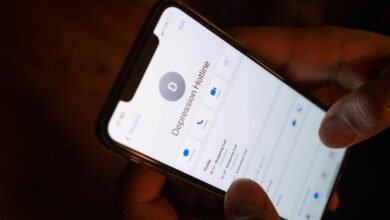Who Called Me From 8778452835, 8778610003, 8778668046, 8778887409, 8778960989, and 8779020006? Verify Now

Numerous individuals have reported receiving calls from numbers such as 8778452835, 8778610003, and others in the same range. These calls often raise questions about their legitimacy. Analyzing the potential origins and purposes of these numbers is essential for understanding their implications. Engaging with unknown callers can pose significant risks. Therefore, it is vital to investigate who might be behind these contacts before proceeding further. The implications of ignoring this could be significant.
Understanding the Caller: Who’s Behind These Numbers?
Understanding the identity of callers behind unknown numbers is crucial for digital safety and personal security.
Caller identity can be established through number tracing techniques, which analyze and verify the origin of a call. This process enhances personal freedom by empowering individuals to make informed decisions about their communication, mitigating the risks associated with unsolicited contact, and fostering a secure digital environment.
Potential Risks of Answering Unknown Calls
What dangers lurk behind unknown calls?
Answering risks include exposure to potential scams, phishing attempts, and identity theft orchestrated by unknown callers. These calls often exploit human curiosity and trust, leading to compromised personal information.
Furthermore, engaging with unknown numbers can result in increased spam or unwanted communications, undermining an individual’s autonomy and freedom to manage their personal communications effectively.
Tips for Protecting Yourself From Spam Calls
Although many individuals may feel overwhelmed by the barrage of spam calls, implementing strategic measures can significantly reduce their frequency and impact.
Utilizing call blocking features available in phone settings is crucial for filtering unwanted communications. Additionally, registering numbers with national do-not-call lists and remaining vigilant about sharing personal information can further enhance protection against intrusive spam calls, ensuring greater privacy and autonomy.
Conclusion
In the tangled web of telecommunications, the shadows of unknown numbers loom ominously, threatening the sanctity of personal information. As a cautious lighthouse beams through the fog, verifying these calls becomes essential to navigating the treacherous waters of potential scams. By employing diligent caller ID techniques, individuals can safeguard their privacy, transforming uncertainty into clarity. Ultimately, vigilance acts as a sturdy shield, protecting against the relentless tide of unsolicited contacts and preserving the peace of one’s digital harbor.





